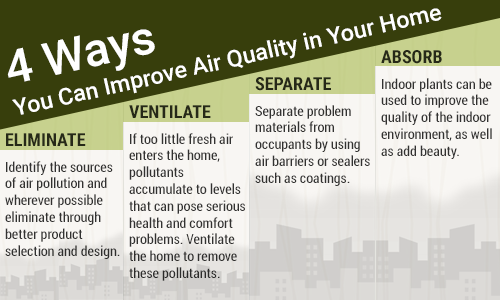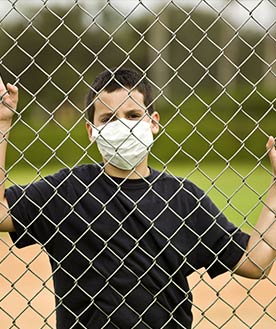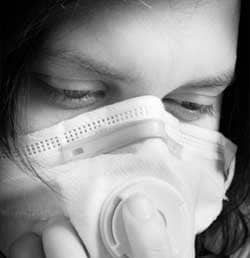10 Remedies to Tackle Indoor Pollution
Indoor air can be 2 to 5 times more polluted than the air outdoors. While the Environment Protection agencies are responsible for cracking down outdoor pollution, protecting the air indoors, at home or workplace, is largely our responsibility.
Here are 10 DIY (Do-it-Yourself) remedies you can try at home to minimise indoor pollution:
1) Pure Beeswax Candles burn with almost no smoke or scent and clean the air by releasing negative ions into the air. These negative ions can bind with toxins and help remove them from the air.
2) A great way to purify indoor air is with activated charcoal also known as active carbon or simply carbon. Activated charcoal is odorless and highly-absorptive. Carbon air filters are available in many supermarkets.
3) Salt lamps are beautiful lamps made out of salt pieces. They produce negative ions, thus improving air quality, fighting indoor pollution, and help in keeping your house odor-free.
4) Aloe Vera is a purifying plant which is known to clear the air of benzene and formaldehyde, both known human carcinogens. Unlike most plants, aloe actually releases oxygen and absorbs carbon dioxide at night, making it ideal for bedrooms.
5) Run fans whenever you are showering or using products that contain fragrances or vapors, such as nail polish or hair spray. The vents draw moist air out, reducing the risk of mold development. Breathing in mold spores can cause coughing, chest tightness, and itchy eyes.
6) Clean furnaces and AC filters regularly. If they’re dirty or damaged, then they don’t work. Follow the recommended maintenance schedule for heating and air-conditioning systems; generally, filters should be checked about 4 times a year.
7) Toss half-used cans of paint, they are capable of releasing significant levels of harmful VOCs (Volatile Organic Compounds) even when resealed. Unopened cans are more airtight but still emit fumes, so store them in a well-ventilated area, such as outdoors in a shed, until ready to use.
8) Install and use exhaust fans over gas cooking stoves and ranges and keep the burners properly adjusted. Using a stove hood with a fan vented to the outdoors greatly reduces exposure to pollutants during cooking. Improper adjustment, often indicated by a persistent yellow-tipped flame, causes increased pollutant emissions. Ask your gas company to adjust the burner so that the flame tip is blue.
9) Dust with a damp cloth. Damp-dusting is helpful to prevent the agitation of settled debris. Don’t forget to clean all door knobs and light switches during cold-and-flu season.
10) If the humidity level is more than 50% inside your house, dust mites and molds can be a problem. To control dust mites, get allergen-resistant covers for bedding. Wash sheets and blankets in hot water.
Read more:
Indoor Pollution: The Silent Killer
5 Things Government Needs to do to Improve Air Quality





This is really a great article.